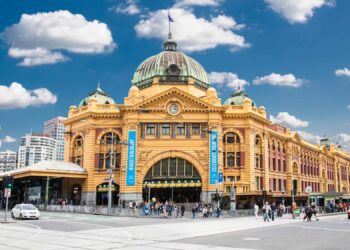The mixed asset funds with the most aggressive mandates have successfully produced a total return higher than the equity market over the last seven years without being more volatile, data from FE Analytics shows.
Between 1 August 2010 and 31 July 2017, the S&P ASX 300 index made an annualised total return of 8.12 per cent, with annualised volatility of 11.59 per cent.
Over the same period, the average fund in the AMI Mixed Asset Aggressive sector was up 8.63 per cent annualised. The volatility encountered by the average fund was significantly lower than the index at just 7.36 per cent.
While mixed asset funds’ ability to look outside of equities to other assets explains their less volatile journey, the below chart shows how successful they have been in avoiding large drawdowns – like the 2015/16 sell-off.
Insert figure 1
Looking at other metrics and the average AMI Mixed Asset Aggressive fund’s risk-adjusted returns, as measured by the Sharpe ratio, they stand at 0.70 – far higher than the index’s 0.40.
Furthermore, the sector’s average maximum drawdown of 11.51 per cent is around four percentage points lower than the S&P ASX 300’s. That said, the average fund’s maximum gain of 18.40 per cent is far below the index’s 29.02 per cent.
Every single member of the sector has been less volatile than the index over the seven years in question while 37 of the 51 funds have generated a higher return at the same time.
The largest gain came from The Trust Company Income, which is up 11.01 per cent annualised. It has also been the most volatile of the aggressive mixed asset funds, however.
Indeed, most of the sector’s highest returners are also the most volatile – while still giving investors a smoother ride than the index. However, this is not true in every case and two of its members are in the top quartile for both returns and volatility.
Morningstar Multi Asset Real Return has made a 9.6 per cent annualised return over the past seven years with volatility of 6.35 per cent. It has the third highest Sharpe ratio in the peer group at 0.96.
The $41.2 million portfolio has 40 per cent in defensive assets, 40 per cent in growth and 20 per cent in diversifying alternatives. At the moment, its largest position is in cash (30.9 per cent), with 16 per cent in global developed equities and 13.9 per cent in emerging market stocks.
Outside of the mainstream asset classes, it has exposure to areas such as specialist sector exchange traded funds (ETFs), long/short strategies, listed private equity and systemic macro strategies.
“After a prolonged period of strong performance whereby sentiment, momentum and artificially low interest rates (courtesy of the guiding hand of central banks) were the driving force behind investment decisions, one can question the relevance of investing with a focus on capital preservation in mind,” the managers said in their most recent update.
“Arguably, however, it has never been more important. A glance at historical returns understandably brings a sense of comfort, and framing these as reasonable and sustainable expectations for future returns is a natural behavioural response for an investor. However, these returns, whilst gratefully accepted, are unlikely to be repeated, after considering today’s less attractive valuation levels.
“With so few assets offering sufficient reward for risk, the portfolio continues to hold a higher than normal level of cash. We believe this helps buffer the portfolio from any unforeseen volatility whilst also allowing us to take advantage of any compelling valuation opportunities that may subsequently emerge. As such, we continue to seek opportunities with conviction in non-traditional sectors of the market.”
Insert figure 2
The only other AMI Mixed Asset Aggressive fund to beat the S&P ASX 300 and sit in the sector’s top quartile for annualised volatility is IPAC Diversified Investment Strategy 3, as shown in the chart above.
This fund has beaten the Morningstar offering with an annualised return of 9.65 per cent over the past seven years but its volatility was more than a percentage point higher at 7.41 per cent.





